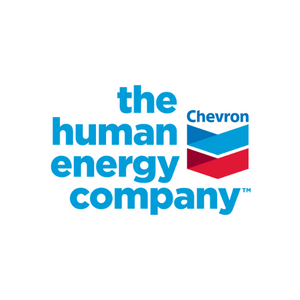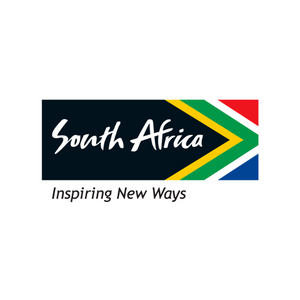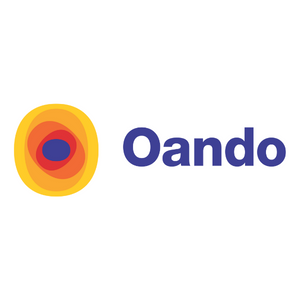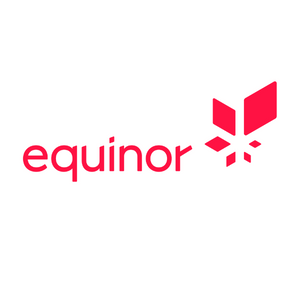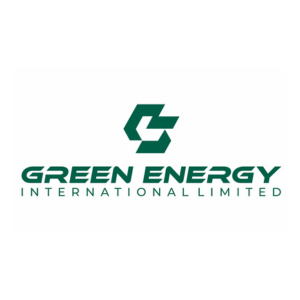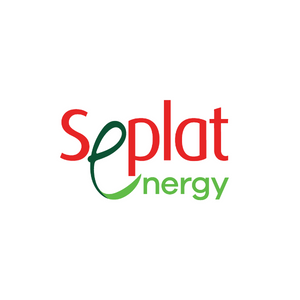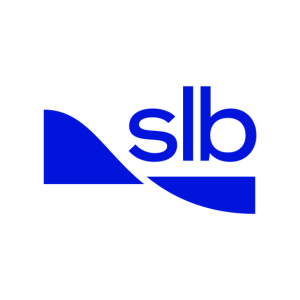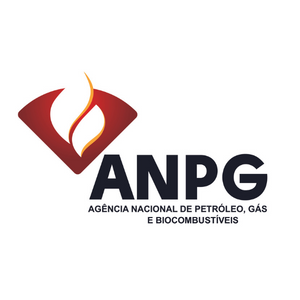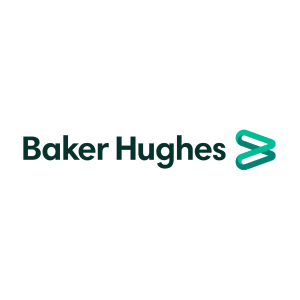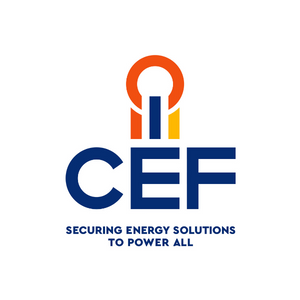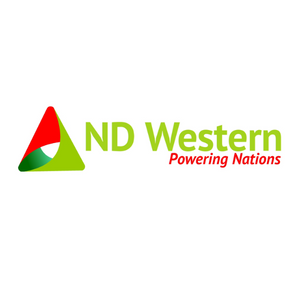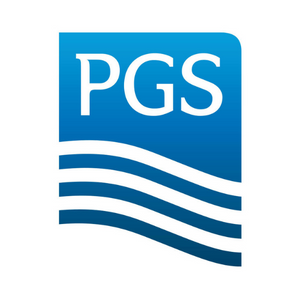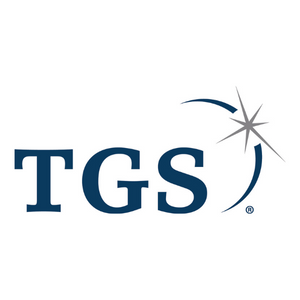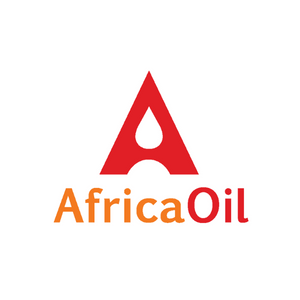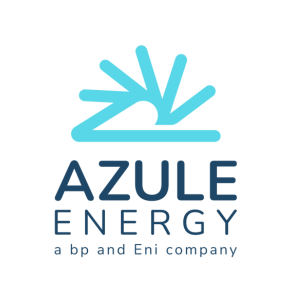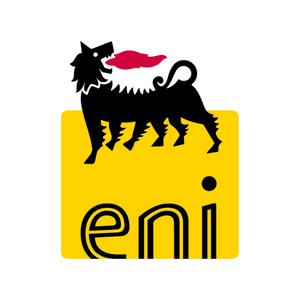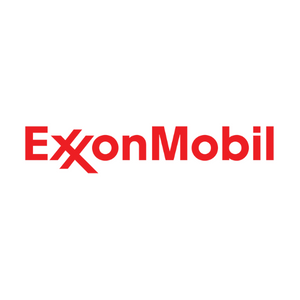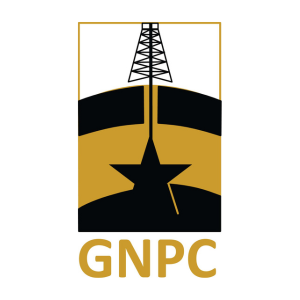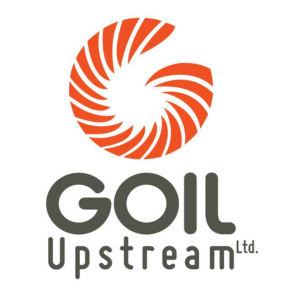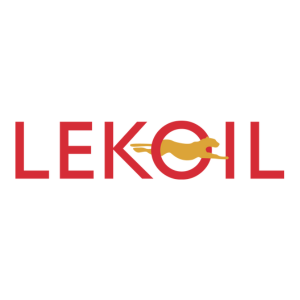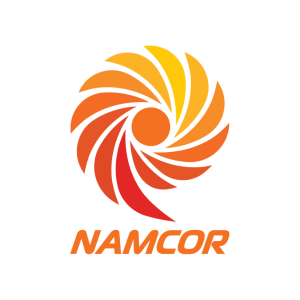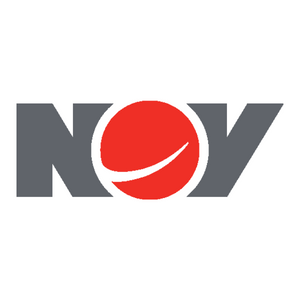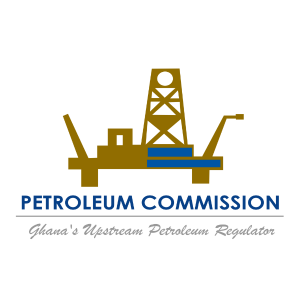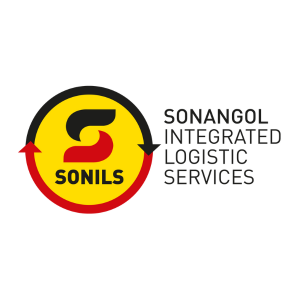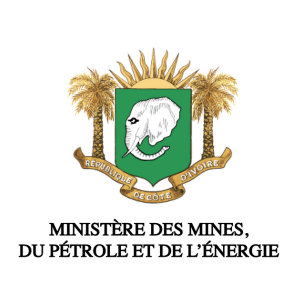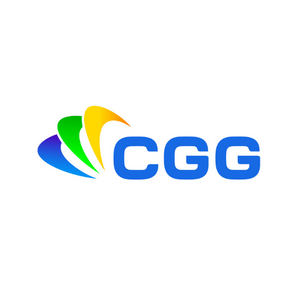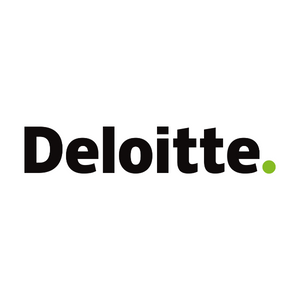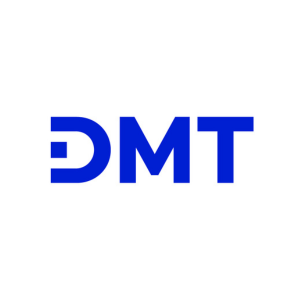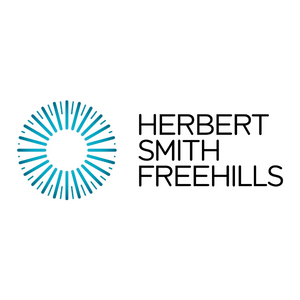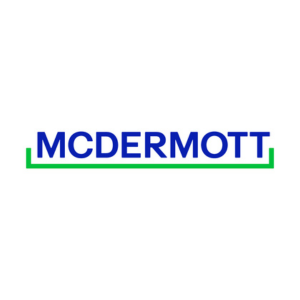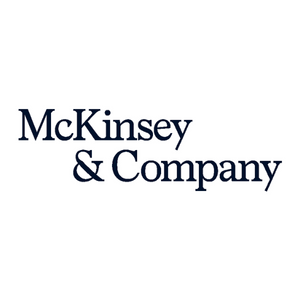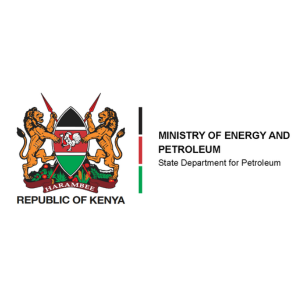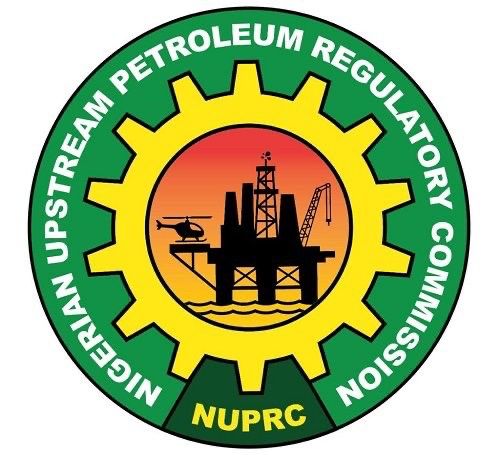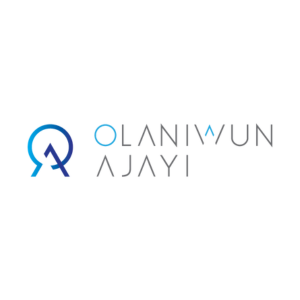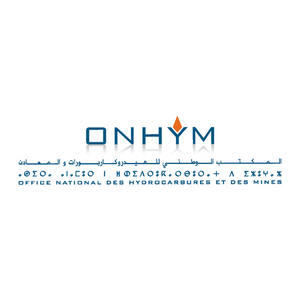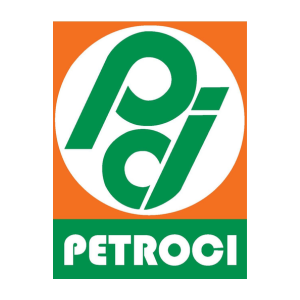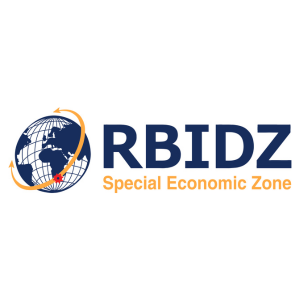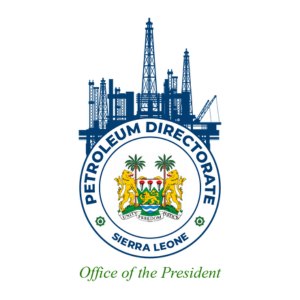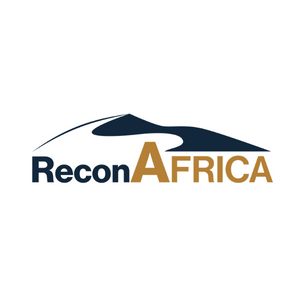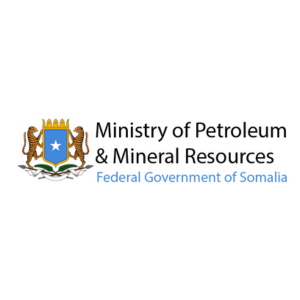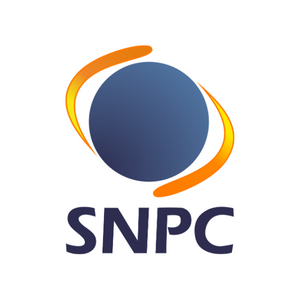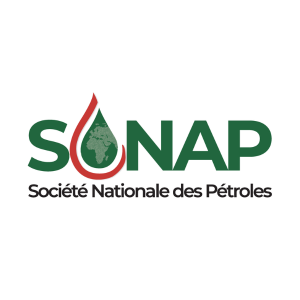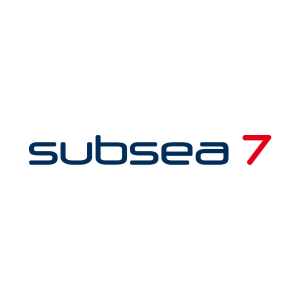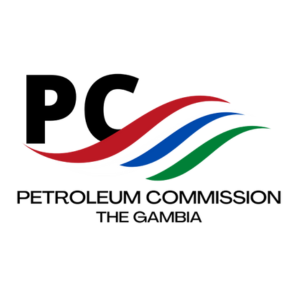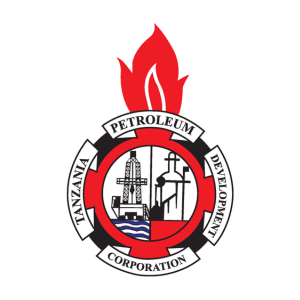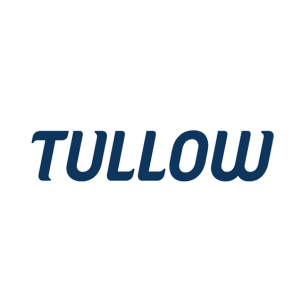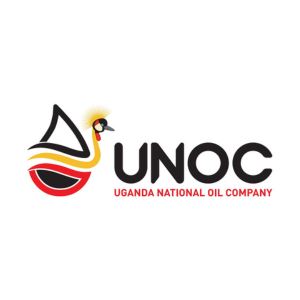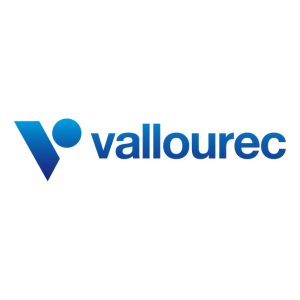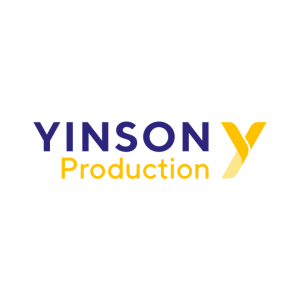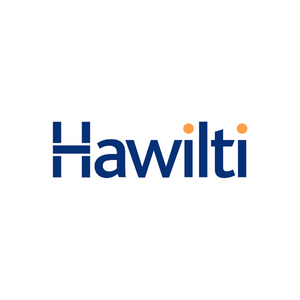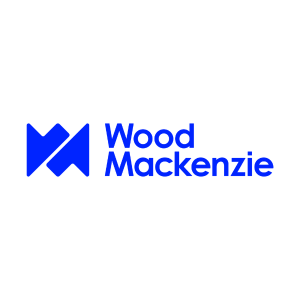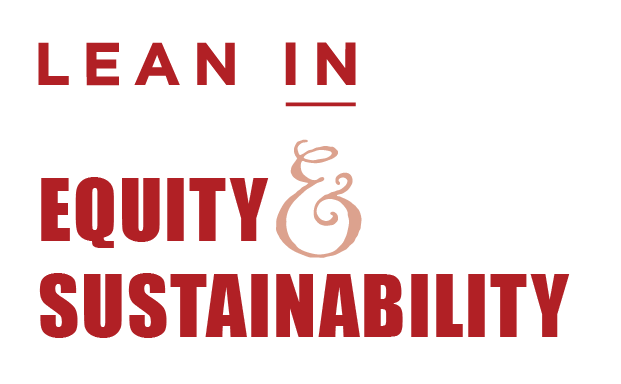The final part in our four-part series takes us to West Africa, focussing on the region’s foremost oil & gas projects.
As with the rest of the continent, Western Africa is a hotbed of oil & gas activity. Join us as we close off our journey through Africa, project by project, by seeing what the West has to offer.
Location: Senegal-Mauritanian Maritime Border
Cost: $2bn
Timeframe: Now-2022
As we’ve spoken about in previous project roundups, the short-and-long potential of natural gas and LNG is massive in Africa. West Africa is home to substantial volumes of this gaseous bounty, especially offshore Senegal and Mauritania. This where BP’s Tortue FLNG project is about to take flight.
Following on from the FID made between BP and the respective governments of Senegal and Mauritania in December 2018, it’s now full steam ahead at Tortue.
“With estimated government take of around US$4.5 billion across all three phases to both Mauritania and Senegal, achieving FID is also a major milestone for both countries. And it bodes well for further hydrocarbon development in the region,” said Giles Farrer, Director Global Gas and LNG at Africa Oil Week knowledge partner Wood Mackenzie.
So, what’s involved? Tortue will feature a FLNG platform in deepwater blocks straddling the Senegalese-Mauritanian maritime border. The FLNG Vessel, Gini, will hold a capacity of 2.75m tons of LNG every year once up and running in 2022.
BP has contracted fabricators Golar LNG, who has previous building Africa’s first offshore facility in Cameroon, as the project lead here. So far costs for the FLNG are estimated at $1.3bn.
The FLNG will be linked by an 80km tie-back to a shallow water facility, which Italy’s Saipem has won the contract for, valued at a $400m. Saipem will also be constructing onshore facilities too.
Tortue isn’t just significant for its size, but also the fact it represents solid cooperation between two neighbouring countries. Close cross-border cooperation is likely to be the driving force behind succesful projects going forward into the future of African oil & gas.
In total, Tortue holds around 3.2 trillion cubic metres (m3) of recoverable natural gas.
Location: Bonga deepwater field, Nigeria
Cost: N/A
Timeframe: 2019 – ongoing
Bonga southwest’s oil resources have been under scrutiny since the early-mid 90s, but it’s only now that project initiator Shell and partners are moving ahead with full development.
As resources lie 120km of the Niger Delta, at a depth of 1,000m, Shell has chosen an FPSO to get to these resources. The project’s first phase is on course to be a busy one. It involves construction of a new FPSO vessel, as well as the drilling of 20 deepwater wells and installation of related subsea architecture.
It was announced in February 2019 that Shell had begun the tendering process for FPSO construction. Upstream Online predicts that South Korean and Chinese shipyards will be chasing the contract, with possible tie-ins with European and US engineering firms.
Shell has partnered with Nigerian NOC NNPC to form the SNEPCo entity, which will henceforth take control of the project.
“This is a new vista for deep offshore oil and gas exploration in Nigeria based on a revised commercial framework embraced by government and the project investors,” SNEPCo’s Managing Director, Bayo Ojulari, said in a February 2019 press release.
First oil is expected to flow in 2022 at the earliest. Peak production is estimated at 150,000 barrels per day once up and running.
Nigeria is Africa’s largest oil producer, and the 8th largest worldwide. It is looking at adding an additional $48bn in projects to its portfolio in the coming decade, making it a nation to watch for outside observers. Shell may be behind up to $15bn of this future spending.
Location: Deepwater Tano/Cape Three (DWT/CTP) Block
Cost: $4.4bn
Timeframe: 2019 – onwards
Essentially all major finds currently facing development are found in offshore blocks in Western Africa. Ghana’s assets are no different, and like their neighbours, are attracting a great deal of interest from multinationals.
The $4.4bn Pecan field is just one facet of Ghanaian hydrocarbons development. Spearheaded by Norway-registered Aker Energy, featuring partnerships with the likes of Lukoil and the Ghana National Petroleum Company, this project is quickly bearing fruit.
Aker filed its PDO with Ghanaian authorities in March 2019, before completing its appraisal drilling campaign in April of the same year.
“The appraisal wells have provided valuable information for us to further optimise the area development plan in the DWT/CTP block. We remain committed to continue developing the petroleum resources in the area in a way that will deliver value to the people of Ghana and to us and our partners,” Jan Arve Huagan, Aker CEO, said in a press release.
The plan is to construct an FPSO with subsea supply system on the Pecan South field. Frist phase reserves across Pecan have been estimated at 334m barrels of oil, and first oil could flow as early as 35 months after the initial estimates. Production would plateau at 110,000 bpd.
In addition to the reserves to be developed in the first phase, the operator said the area holds discovered contingent resources (2C) of 110-210 million barrels of oil equivalent, combined resulting in an estimated volume base of approximately 450–550 million boe.
“Total resources in the area have the potential to increase to between 600-1000 million boe, provided successful appraisal drilling activity,” Aker stated.
Location: OML99 Block, Offshore Nigeria
Cost: N/A
Timeframe: 2019 – onwards
Total has many fingers in many pies when it comes to Nigerian oil & gas. Hot on the heels of a succesful launch of its Egina field project, Total is eyeing up more areasto expand. One of these is the Ikike shallow water development in block OML99.
Ikike itself is a satellite of the massive Egina field, but still holds substantial resources. It holds around 70 million barrels of oil equivalent. Production estimates fluctuate, with 60,000 bpd projected at the top end of current estimates.
Production was originally slated to begin in 2021. This date was based on an FID being approved in 2018, something that didn’t happen, but it’s understood that Total is set to kick off the project in earnest in 2019.
The project itself is expected to take the form of a tie-back to Total’s nearby 5-well Amenam platform.
“There is a huge potential in Nigeria. It is probably the most prolific country in West Africa in terms of oil and gas, and it is time to launch new projects and we are working on many of them,” Total CEO Patrick Pouyanne told journalists in January.
Location: Pazflor offshore field, Angola
Cost: $1.2bn
Timeframe: 2018-onward
Total holds the largest individual share of oil & gas resources in Africa, and West Africa is no different. It has a substantial interest up and down the coast, and one of it’s latest target countries is Angola.
In 2018, Total announced it was starting work on the Zinia 2 development, another deepwater endeavour.
This is another FPSO, with an estimated cost of around $1.2bn. Taking hydrocarbons from the Pazflor field, Zinia 2 is expected to comprise of nine wells in water depths ranging from 800m to 1,200m. These will then be tied back to the existing Pazflor FPSO for processing.
A number of companies have been awarded contracts to supply required equipment and technologies to Zinia 2. UK-based TechnipFMC has been awarded an EPC contract covering subsea control systems, wellheads, connection systems and ancillary equipment. TechnipFMC’s has also been contracted handle testing, mobilisation and support operations from onshore Angola.
Subsea 7, another UK-headquartered company, will be supplying 36km of flowlines alongside 21km of umbilicals along the seabed. Its contract is worth around $300m.
“Zinia 2 opens a new chapter in the history of Block 17. This project will allow to extend the profitability of this prolific block, with over 2.6 billion barrels already produced. Thanks to the favorable fiscal framework introduced by the Angolan authorities for satellite developments, other projects similar to Zinia 2 are currently under consideration on Block 17,” said Arnaud Breuillac, President of Total Exploration & Production.
“The project is also a good example of capex discipline and cost optimization: the work carried out to simplify the design while capturing deflation allowed the partners to cut the development costs by more than a half.”
For over 25 years, Africa Oil Week has been the meeting place for Africa’s most senior E&P stakeholders.
It’s where they come to set out the future direction of the continent’s upstream oil and gas sector, secure major deals and lucrative new partnerships.
1,500 senior experts make up the attendee list including Ministers, CEOs and senior representatives form NOCs, IOCs and independent oil companies, GEOs, oilfield services and business service providers. The entire value chain is represented making it the premium deal-making hub for the industry.
Over 200 world-class speakers make up a cutting-edge agenda which every year tackles the industry’s biggest challenges. The discussion topics are shaped by the oil and gas leaders that make up our expert advisory board.
5 must-see West African oil & gas developments
Tortue FLNG
Location: Senegal-Mauritanian Maritime Border
Cost: $2bn
Timeframe: Now-2022
As we’ve spoken about in previous project roundups, the short-and-long potential of natural gas and LNG is massive in Africa. West Africa is home to substantial volumes of this gaseous bounty, especially offshore Senegal and Mauritania. This where BP’s Tortue FLNG project is about to take flight.
Following on from the FID made between BP and the respective governments of Senegal and Mauritania in December 2018, it’s now full steam ahead at Tortue.
“With estimated government take of around US$4.5 billion across all three phases to both Mauritania and Senegal, achieving FID is also a major milestone for both countries. And it bodes well for further hydrocarbon development in the region,” said Giles Farrer, Director Global Gas and LNG at Africa Oil Week knowledge partner Wood Mackenzie.
So, what’s involved? Tortue will feature a FLNG platform in deepwater blocks straddling the Senegalese-Mauritanian maritime border. The FLNG Vessel, Gini, will hold a capacity of 2.75m tons of LNG every year once up and running in 2022.
BP has contracted fabricators Golar LNG, who has previous building Africa’s first offshore facility in Cameroon, as the project lead here. So far costs for the FLNG are estimated at $1.3bn.
The FLNG will be linked by an 80km tie-back to a shallow water facility, which Italy’s Saipem has won the contract for, valued at a $400m. Saipem will also be constructing onshore facilities too.
Tortue isn’t just significant for its size, but also the fact it represents solid cooperation between two neighbouring countries. Close cross-border cooperation is likely to be the driving force behind succesful projects going forward into the future of African oil & gas.
In total, Tortue holds around 3.2 trillion cubic metres (m3) of recoverable natural gas.
Bonga FPSO
Location: Bonga deepwater field, Nigeria
Cost: N/A
Timeframe: 2019 – ongoing
Bonga southwest’s oil resources have been under scrutiny since the early-mid 90s, but it’s only now that project initiator Shell and partners are moving ahead with full development.
As resources lie 120km of the Niger Delta, at a depth of 1,000m, Shell has chosen an FPSO to get to these resources. The project’s first phase is on course to be a busy one. It involves construction of a new FPSO vessel, as well as the drilling of 20 deepwater wells and installation of related subsea architecture.
It was announced in February 2019 that Shell had begun the tendering process for FPSO construction. Upstream Online predicts that South Korean and Chinese shipyards will be chasing the contract, with possible tie-ins with European and US engineering firms.
Shell has partnered with Nigerian NOC NNPC to form the SNEPCo entity, which will henceforth take control of the project.
“This is a new vista for deep offshore oil and gas exploration in Nigeria based on a revised commercial framework embraced by government and the project investors,” SNEPCo’s Managing Director, Bayo Ojulari, said in a February 2019 press release.
First oil is expected to flow in 2022 at the earliest. Peak production is estimated at 150,000 barrels per day once up and running.
Nigeria is Africa’s largest oil producer, and the 8th largest worldwide. It is looking at adding an additional $48bn in projects to its portfolio in the coming decade, making it a nation to watch for outside observers. Shell may be behind up to $15bn of this future spending.
Pecan FPSO
Location: Deepwater Tano/Cape Three (DWT/CTP) Block
Cost: $4.4bn
Timeframe: 2019 – onwards
Essentially all major finds currently facing development are found in offshore blocks in Western Africa. Ghana’s assets are no different, and like their neighbours, are attracting a great deal of interest from multinationals.
The $4.4bn Pecan field is just one facet of Ghanaian hydrocarbons development. Spearheaded by Norway-registered Aker Energy, featuring partnerships with the likes of Lukoil and the Ghana National Petroleum Company, this project is quickly bearing fruit.
Aker filed its PDO with Ghanaian authorities in March 2019, before completing its appraisal drilling campaign in April of the same year.
“The appraisal wells have provided valuable information for us to further optimise the area development plan in the DWT/CTP block. We remain committed to continue developing the petroleum resources in the area in a way that will deliver value to the people of Ghana and to us and our partners,” Jan Arve Huagan, Aker CEO, said in a press release.
The plan is to construct an FPSO with subsea supply system on the Pecan South field. Frist phase reserves across Pecan have been estimated at 334m barrels of oil, and first oil could flow as early as 35 months after the initial estimates. Production would plateau at 110,000 bpd.
In addition to the reserves to be developed in the first phase, the operator said the area holds discovered contingent resources (2C) of 110-210 million barrels of oil equivalent, combined resulting in an estimated volume base of approximately 450–550 million boe.
“Total resources in the area have the potential to increase to between 600-1000 million boe, provided successful appraisal drilling activity,” Aker stated.
Ikike Shallow Water
Location: OML99 Block, Offshore Nigeria
Cost: N/A
Timeframe: 2019 – onwards
Total has many fingers in many pies when it comes to Nigerian oil & gas. Hot on the heels of a succesful launch of its Egina field project, Total is eyeing up more areasto expand. One of these is the Ikike shallow water development in block OML99.
Ikike itself is a satellite of the massive Egina field, but still holds substantial resources. It holds around 70 million barrels of oil equivalent. Production estimates fluctuate, with 60,000 bpd projected at the top end of current estimates.
Production was originally slated to begin in 2021. This date was based on an FID being approved in 2018, something that didn’t happen, but it’s understood that Total is set to kick off the project in earnest in 2019.
The project itself is expected to take the form of a tie-back to Total’s nearby 5-well Amenam platform.
“There is a huge potential in Nigeria. It is probably the most prolific country in West Africa in terms of oil and gas, and it is time to launch new projects and we are working on many of them,” Total CEO Patrick Pouyanne told journalists in January.
Zinia 2 Development
Location: Pazflor offshore field, Angola
Cost: $1.2bn
Timeframe: 2018-onward
Total holds the largest individual share of oil & gas resources in Africa, and West Africa is no different. It has a substantial interest up and down the coast, and one of it’s latest target countries is Angola.
In 2018, Total announced it was starting work on the Zinia 2 development, another deepwater endeavour.
This is another FPSO, with an estimated cost of around $1.2bn. Taking hydrocarbons from the Pazflor field, Zinia 2 is expected to comprise of nine wells in water depths ranging from 800m to 1,200m. These will then be tied back to the existing Pazflor FPSO for processing.
A number of companies have been awarded contracts to supply required equipment and technologies to Zinia 2. UK-based TechnipFMC has been awarded an EPC contract covering subsea control systems, wellheads, connection systems and ancillary equipment. TechnipFMC’s has also been contracted handle testing, mobilisation and support operations from onshore Angola.
Subsea 7, another UK-headquartered company, will be supplying 36km of flowlines alongside 21km of umbilicals along the seabed. Its contract is worth around $300m.
“Zinia 2 opens a new chapter in the history of Block 17. This project will allow to extend the profitability of this prolific block, with over 2.6 billion barrels already produced. Thanks to the favorable fiscal framework introduced by the Angolan authorities for satellite developments, other projects similar to Zinia 2 are currently under consideration on Block 17,” said Arnaud Breuillac, President of Total Exploration & Production.
“The project is also a good example of capex discipline and cost optimization: the work carried out to simplify the design while capturing deflation allowed the partners to cut the development costs by more than a half.”
Reach the players behind the continent’s biggest oil & gas projects at Africa Oil Week
For over 25 years, Africa Oil Week has been the meeting place for Africa’s most senior E&P stakeholders.
It’s where they come to set out the future direction of the continent’s upstream oil and gas sector, secure major deals and lucrative new partnerships.
1,500 senior experts make up the attendee list including Ministers, CEOs and senior representatives form NOCs, IOCs and independent oil companies, GEOs, oilfield services and business service providers. The entire value chain is represented making it the premium deal-making hub for the industry.
Over 200 world-class speakers make up a cutting-edge agenda which every year tackles the industry’s biggest challenges. The discussion topics are shaped by the oil and gas leaders that make up our expert advisory board.

